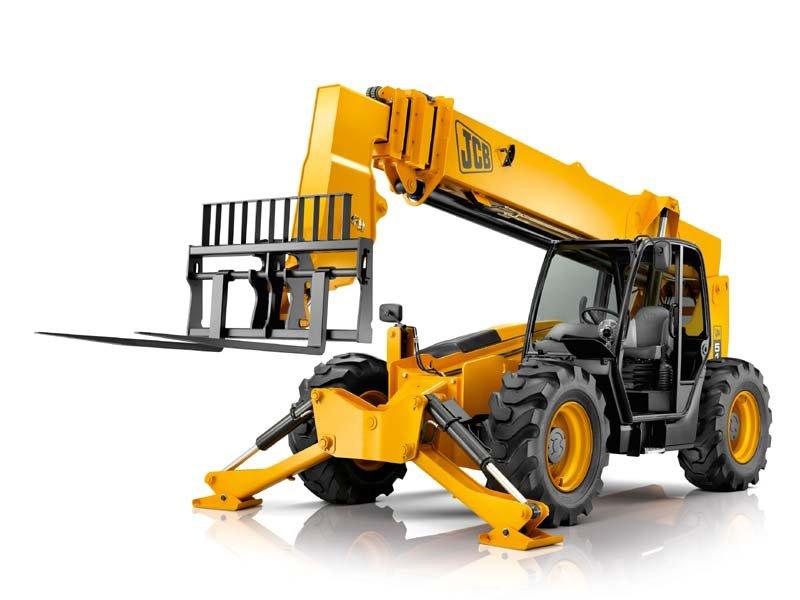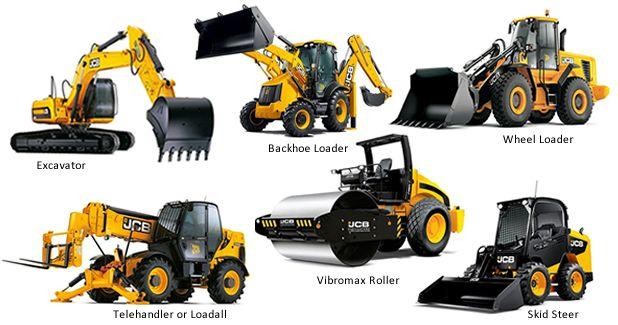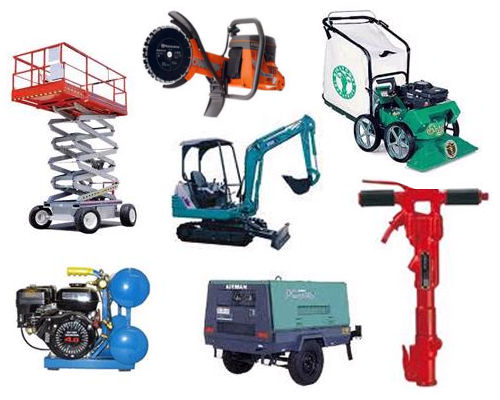Maximize Your Budget Plan by Recognizing the Expenses Connected With Building Equipment Services
Understanding the complete range of costs connected with building and construction devices services is vital for maximizing your budget plan. What strategies can be utilized to properly manage these prices and make sure an extra effective rental experience?
Summary of Rental Expenses
When thinking about construction tools leasings, comprehending the associated prices is critical for effective budgeting and job planning. Rental costs can differ substantially based on numerous elements, consisting of equipment kind, duration of service, and area. The first rental fee usually mirrors the devices's market demand and its connected operational capacities, influencing the total expense.
Along with the base rental rate, supplementary prices might develop, such as transportation charges, gas additional charges, and upkeep costs. It is necessary to account for these extra expenses to precisely assess the complete cost of leasing tools. Furthermore, the rental duration can affect rates; longer rentals may receive discounted rates, while temporary services might incur greater day-to-day charges.

Failure of Rental Prices
A comprehensive understanding of rental prices is essential for contractors and project supervisors aiming to maximize their spending plans. Rental prices for building and construction tools commonly contain a number of components, including base prices, time-based costs, and usage costs.
Base prices are the core charges connected with the leasing of the devices, usually established by the kind and size of the machinery. These rates can differ significantly, influenced by variables such as devices need, schedule, and local market trends. Time-based costs, which may be daily, weekly, or monthly, serve to accommodate different task timelines and rental periods.
Furthermore, rental prices might include usage charges, which apply when equipment is utilized past a specified limit, making certain that the rental business can account for deterioration. Seasonal demand variations can likewise affect rental prices, with peak construction periods normally regulating higher rates.
Additionally, comprehending the rental firm's policies regarding maintenance and insurance policy can offer more insight right into the overall expense framework. By analyzing these elements, specialists can make enlightened decisions, making sure the option of rental tools lines up with both task demands and budget plan constraints.
Added Fees to Think About
Comprehending the intricacies of added costs is critical for professionals to manage their total service expenditures effectively. Beyond the conventional rental rates, different additional charges can considerably affect the overall price of tools rental. These charges commonly consist of distribution and pick-up costs, which can differ based upon range and logistics included in transferring the devices to and from the task website.
In addition, some rental business might enforce gas additional charges if the equipment is returned with much less fuel than when rented. It is also necessary to understand possible cleaning fees, especially for specific equipment that needs detailed maintenance after usage.

Extensively assessing the rental arrangement and clearing up these extra fees ahead of time can aid specialists prevent unexpected prices and ensure that spending plans remain undamaged throughout the project lifecycle.
Maintenance and Repair Work Expenses
Normal repair and maintenance expenses are often forgotten elements that can significantly affect the general cost of building and construction equipment services. When renting devices, it is important to consider not just the rental costs however additionally the potential expenses connected with maintaining the machinery in ideal operating problem.
Numerous rental business consist of fundamental upkeep as part of the rental contract; nonetheless, more considerable repairs or unanticipated break downs can lead to additional expenditures. It's vital to assess the rental agreement thoroughly to comprehend what upkeep solutions are covered and what obligations drop on the occupant.
Furthermore, equipment that is not well-maintained can result in inadequacies on the task website, possibly enhancing and triggering delays task costs. To reduce these dangers, it is suggested to carry out normal evaluations and preserve open communication with the rental copyright regarding any problems that develop during usage.
Insurance and Responsibility Expenses
Insurance policy and responsibility prices are critical parts that can significantly influence the general expense of building equipment rentals (aerial lift rental). These expenses make sure that both the rental business and the client are protected from possible monetary losses occurring from mishaps, damages, or burglary during the rental duration

Additionally, clients should be website link conscious of any deductibles or exemptions in the insurance plan, as these can impact potential out-of-pocket costs. Understanding the conditions of any insurance policy coverage is important to prevent unexpected expenses. Inevitably, budgeting for insurance policy my sources and obligation expenditures can help make sure a smoother rental experience and protect against monetary threats connected with building jobs.
Verdict
To conclude, a thorough understanding of the costs related to construction devices leasings is essential for effective budget plan monitoring. By analyzing rental prices, extra fees, maintenance expenses, and insurance individuals, requirements and organizations can decrease unexpected expenditures. This tactical approach not just improves cost-effectiveness yet likewise ensures that projects advance efficiently and successfully. Ultimately, informed decision-making concerning equipment rentals adds to the total success of building undertakings.
Rental expenses can differ dramatically based on numerous aspects, including equipment kind, duration of rental, and area (equipment rental company). The rental duration can affect pricing; longer services might qualify for affordable prices, while short-term services may incur greater everyday fees
By performing thorough study and engaging with trusted rental firms, service providers can effectively browse the complexities of rental prices, ultimately top article optimizing their financial sources.
Beyond the basic rental prices, various auxiliary fees can dramatically affect the complete price of equipment service. Rental companies commonly provide obligation insurance that covers injuries to third events or damages to building, while devices damage insurance can cover the cost of repair services or substitute if the rented out tools is damaged.